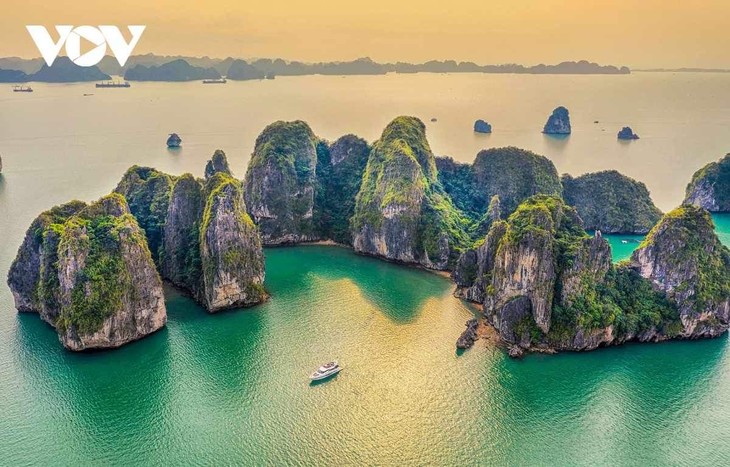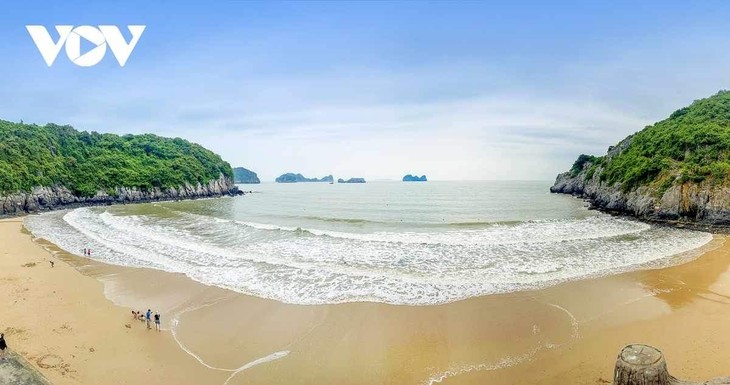(VOVWORLD) - The Ha Long Bay-Cat Ba Archipelago site in northern Vietnam has been recognized as a world natural heritage.
 Ha Long Bay in Quang Ninh province is twice recognized by UNESCO. Ha Long Bay in Quang Ninh province is twice recognized by UNESCO. |
UNESCO announced the new inscription of the site to the World Heritage List at the 45th session of the World Heritage Committee in Riyadh, Saudi Arabia, on Saturday. Ha Long Bay-Cat Ba Archipelago is Vietnam’s first inter-provincial UNESCO-listed world heritage site.
With more than 360 islands, Cat Ba in Hai Phong city is Vietnam’s largest limestone archipelago. It was recognized by UNESCO as a world biosphere reserve in 2004.
“It is internationally renowned for its limestone karst geomorphology and provides one of the best examples in the world of a fengcong and fenglin karst landscape invaded by the sea. The 366 limestone islands include landforms, caves and cave deposits that provide evidence of a long history of erosion and landscape evolution,” UNESCO said.
 Cat Ba is home to 140 beaches. Cat Ba is home to 140 beaches. |
Meanwhile, Ha Long Bay in Quang Ninh province was named by UNESCO as a world heritage site twice in 1994 and 2000.
“Ha Long Bay, in the Gulf of Tonkin, includes some 1,600 islands and islets, forming a spectacular seascape of limestone pillars. The extension of the property comprises a multitude of limestone islands and towering limestone pillars rising from the sea, with eroded notches, arches and caves creating a picturesque and beautiful landscape,” UNESCO said.
According to the Ministry of Culture, Sports and Tourism, the Ha Long Bay-Cat Ba archipelago cluster boasts a rich diversity of island and ocean ecosystems. It is home to various rare animals and plants, and houses the country’s largest maritime forest with an area of more than 17,000 hectares.
In particular, the Cat Ba Langur is on the list of animals at highest risk of extinction. Up to now, there are only about 60-70 individuals living in Cat Ba.